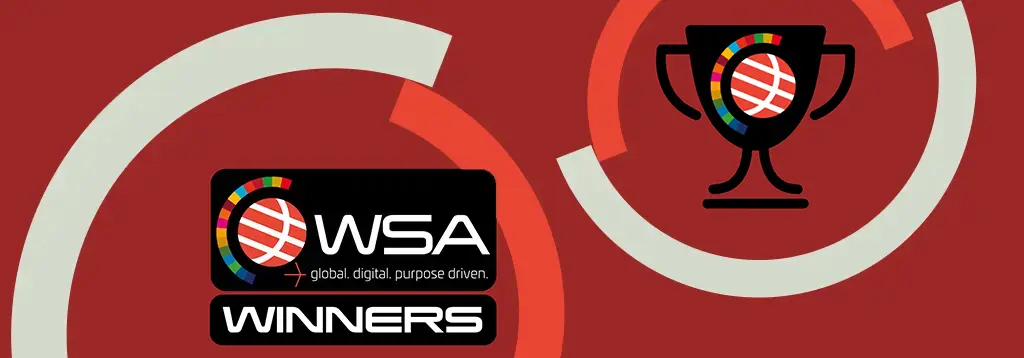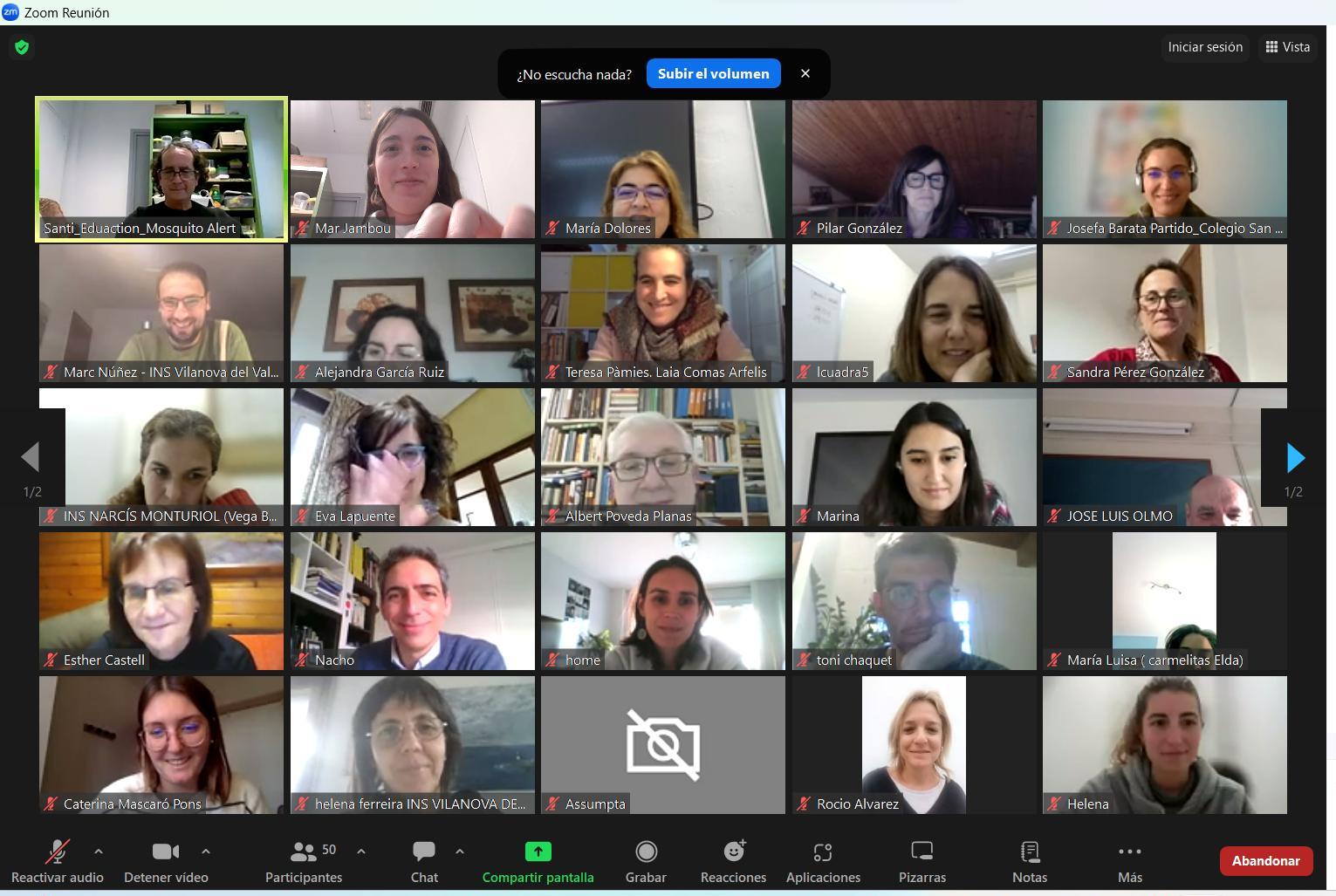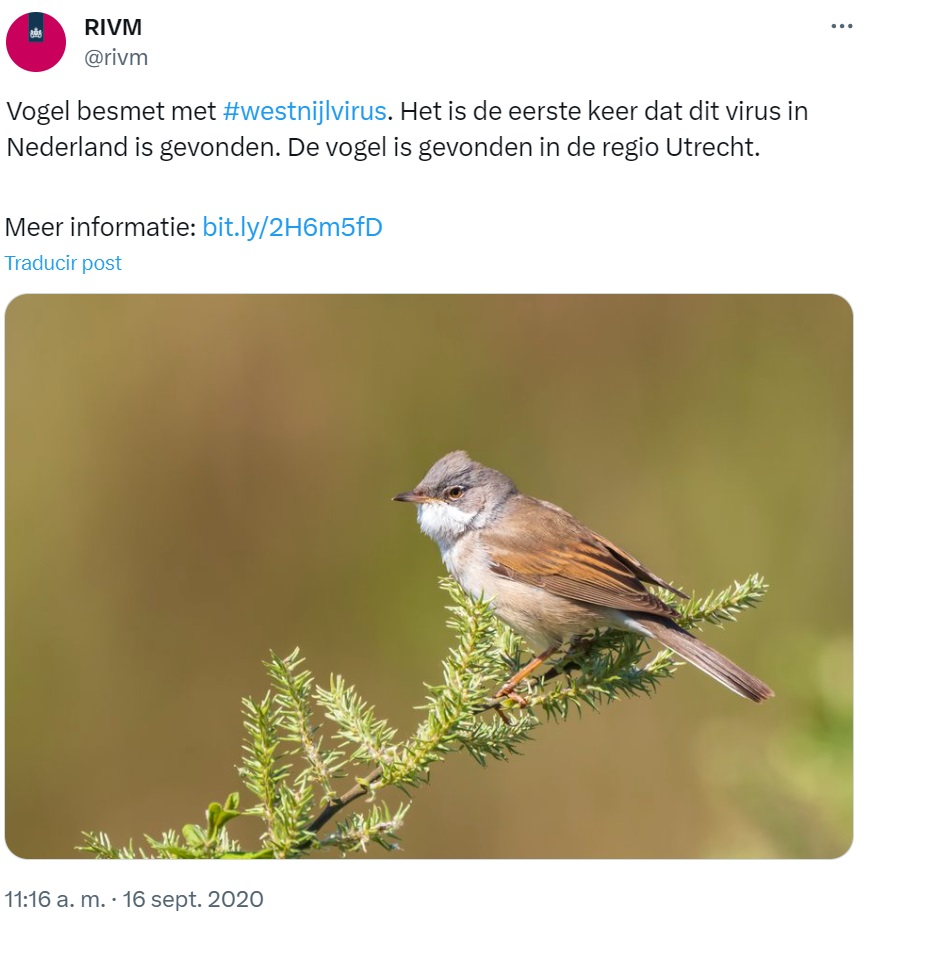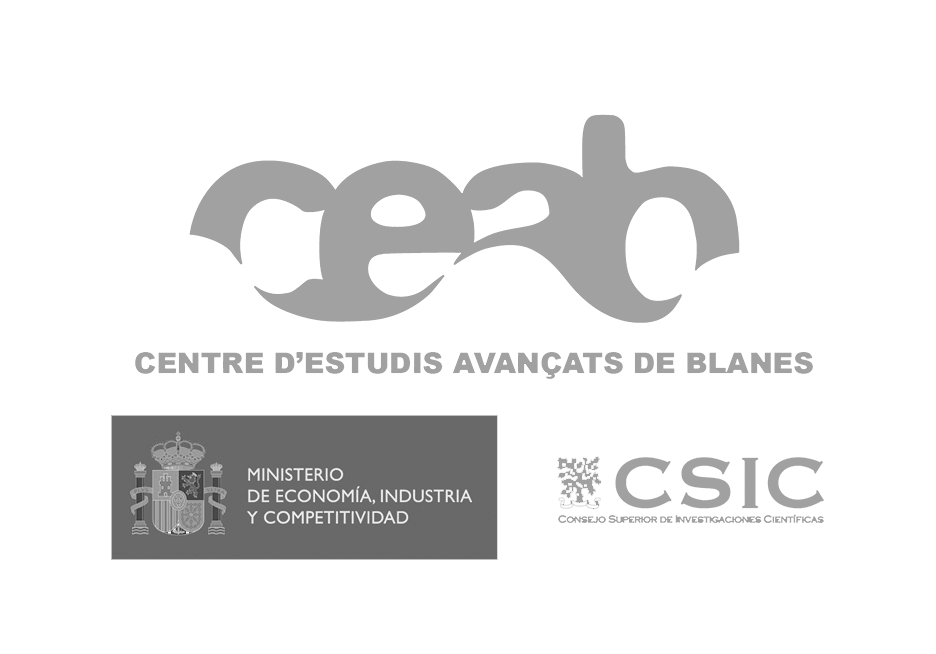Mosquito Alert primarily aims at producing high standard quantitative research and modelling with three main objectives:
(1) Understand disease-carrying mosquito invasions, both population dynamics and spreading rates; (2) Design more effective population control and mitigation strategies; (3) Predict disease risk by unveiling key environmental, social, and life cycle parameters
Do you want to be part of our scientific team?
-
We are looking for PhD and Postdoc candidates.
-
Send us your CV, a short letter of motivation including a short description of the research topic/s of your interest.
-
Check the PhD and Postdoc funding opportunities here.
Research topics
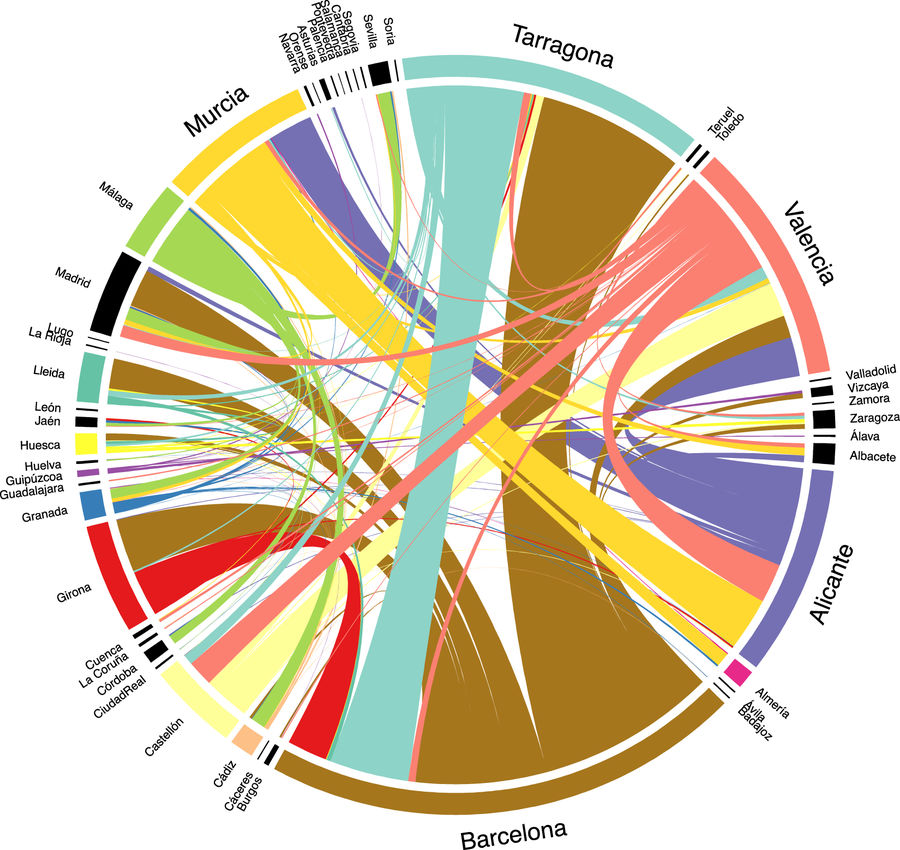
Epidemiology and human health
A basic promise of science is prediction and anticipation to minimize health risks and improve human quality of life. In Mosquito Alert we aim at mapping and forecasting disease risks transmitted by mosquitoes, like dengue, chikungunya, Zika, and yellow fever. Given the possibility of real time data acquisition we expect in the future to provide disease risk maps at almost real-time, where vector and epidemiological data is put together to evaluate risk and make predictions.
- A relevant first step of citizen science has been to help providing direct evidence of mosquito dispersal by car. Vector and human mobility are crucial to estimate mosquito-human interactions driving the actual risk of infection.
Entomology and disease vector mosquitoes monitoring
Citizen science is proving to be effective in early warning and monitoring disease vector mosquitoes. It is important to better understand how these novel methods can improve, be compared and combined with other traditional surveillance methods, such as female oviposition traps. Citizen science can also provide new insights into current entomological research questions (eg. habitat suitability, distribution and abundance, species dispersal range, phenology).
- Mosquito Alert has proven to be a reliable and scalable tool to track disease-carrying mosquitoes and helped update the distribution of tiger mosquito in Spain, drived the discovery of new mosquito species and the detection of disease vector mosquitoes in new regions of interest.
- You can learn more about Mosquito Alert and other similar mosquito surveillance initiatives in the EU.
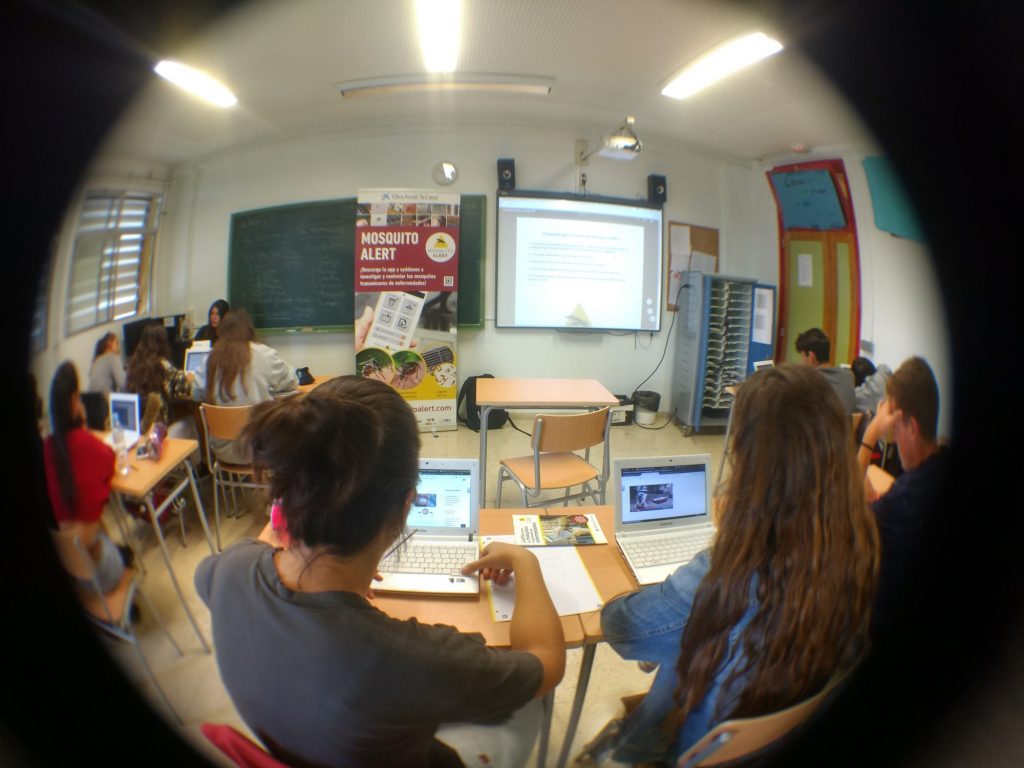
Citizen Science, RRI and Education
Public participation in science is not a new phenomena, but citizen science in the current form of praxis offers new challenges and lines of research (eg. Citizen Science: Theory and Praxis). For instance, it is important to depict patterns of participation and understand project demographics and how these are related with the use of new technologies and methods to better understand participation, sustained engagement and impacts. There is also a huge space for interdisciplinarity studies, offered by e.g. intersecting ethics, digital marketing or education with citizen science.
- Read more about the conceptual and practical approaches developed in Mosquito Alert and its positively impacts to schools.
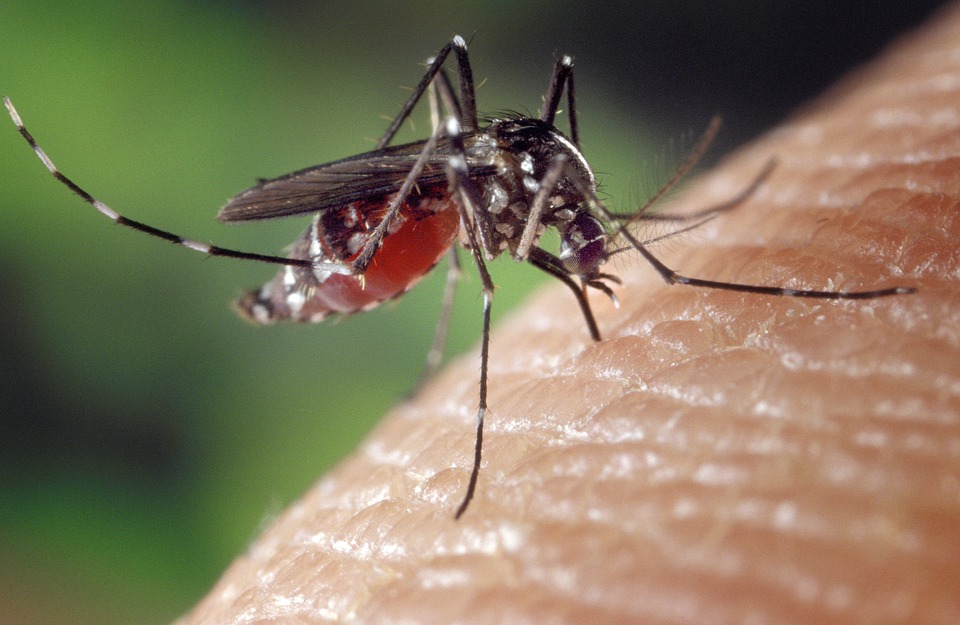
Demography and social inequality
Growing demographic changes and social inequality shape the urban health landscape and patterns of citizen connectivity. Our preliminary results show scale dependent correlations between inequality and disease-carrying mosquito populations, and we hypothesize that these results form a positive feedback loop. We aim to combine spatial data on socio-economic patterns with citizen science mosquito data on the evolving tiger and yellow fever mosquito invasions and expect to connect the results to disease risk patterns at local and regional scales and propose mitigation actions.
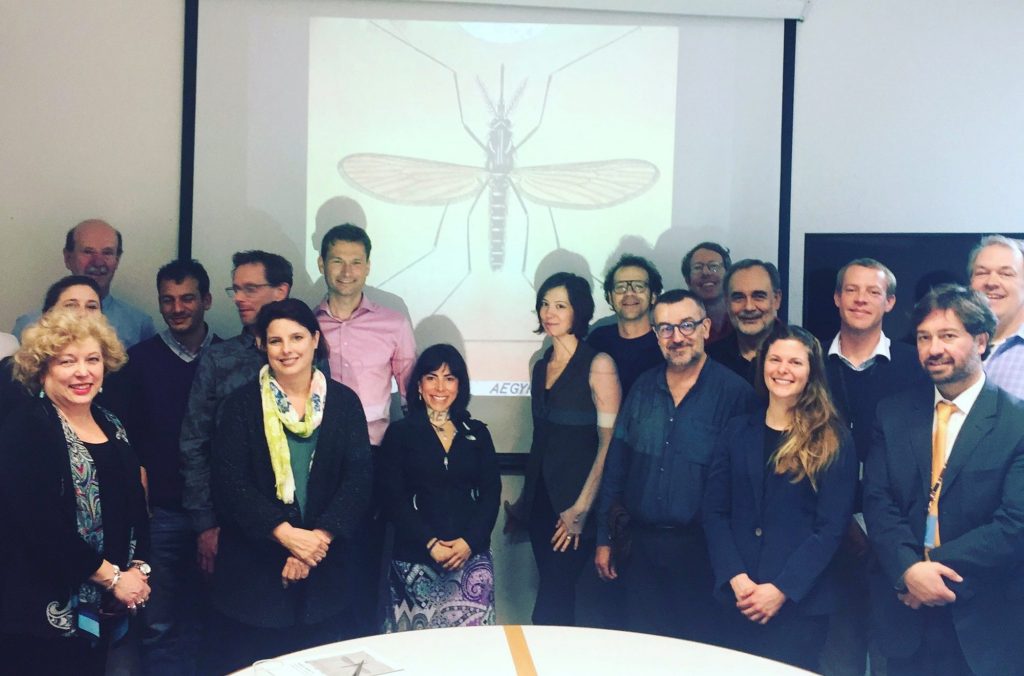
Citizen science, policy, environmental and public health management
Mosquito Alert has pushed citizen science forward and demonstrated that public participation and non-authoritative data can influence public policies and procedures. However, quantification of success is still needed (eg. the relationship between citizen data and control actions by public bodies), as well as a more deep analysis of opportunities and barriers encountered in the process, how citizen science is related to smart cities and open government and innovation and how technological platforms can be better designed to better fulfill needs of public actors and decision makers.
- Learn more about the international citizen science initiative for the surveillance and control of disease vector mosquitoes (Global Mosquito Alert Consortium).
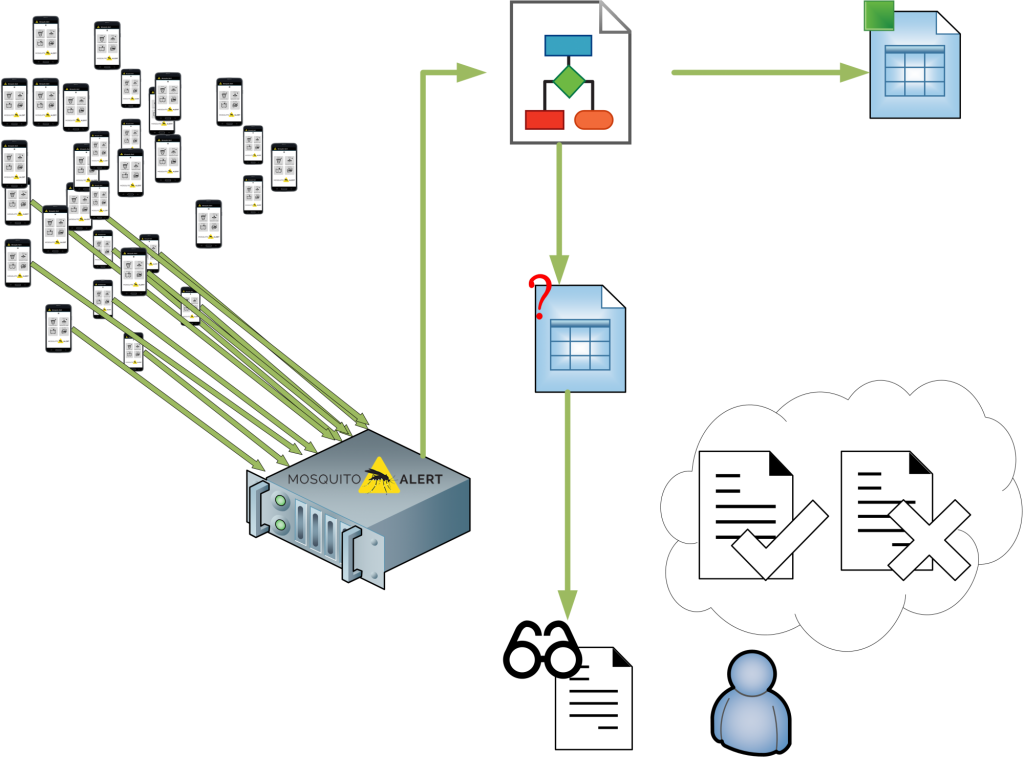
Big data and disruptive technology
Big data analyses, disruptive technology, and citizen science can be combined to improve health risk systems, produce new scientific knowledge, and fastly deliver all this back to society. These techniques promise to provide solutions to handle the large and heterogeneous datasets generated by citizen science projects, including the possibility of automated real time data modeling and forecasting, and automated validation and data classification methods (eg. machine learning, automated image processing and recognition, image training).
- Early stage research shows that automated processes can improve fitness for use of current available datasets, eg. by using machine learning frameworks or developing reputation indices from data providers.

